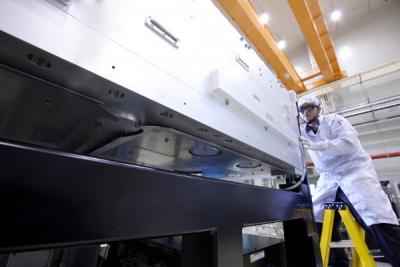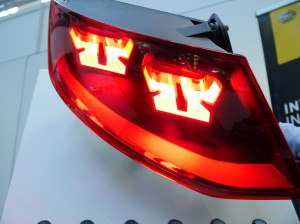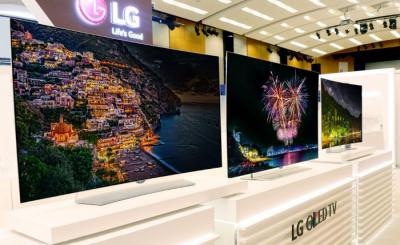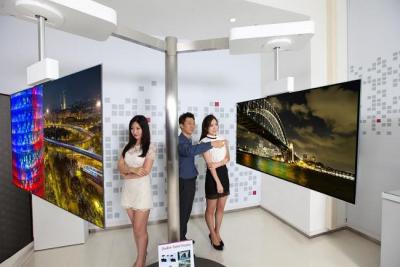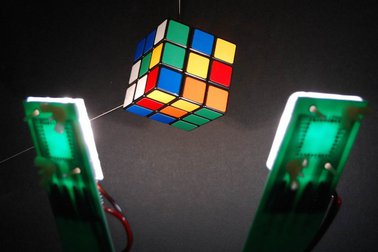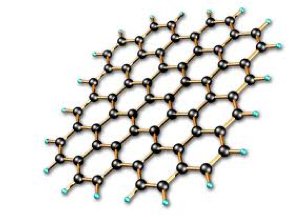ETNews: BOE, Everdisplay and Truly to start constructing flexible OLED fabs in early 2016
According to ETNews BOE, Everdisplay and Truly are all expected to start constructing flexible OLED fabs in the first half of 2016, as the companies realize they need to compete with Samsung and LG in that market.
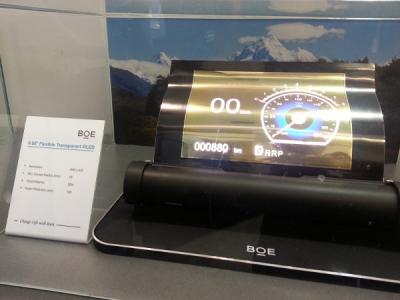
BOE Display aimed to start mass producing AMOLED displays at 5.5-Gen LTPS OLED fab in Ordos in the second half of 2015, but reportedly they are still struggling with low yields. BOE is also constructing a Gen-6 LTPS LCD/AMOLED production line in Chengdu, China, scheduled for production in the first half of 2017. Earlier reports suggested that BOE aims to produce flexible OLEDs at that new fab. In May 2015, BOE demonstrate several new AMOLED prototypes, including several flexible panels.


